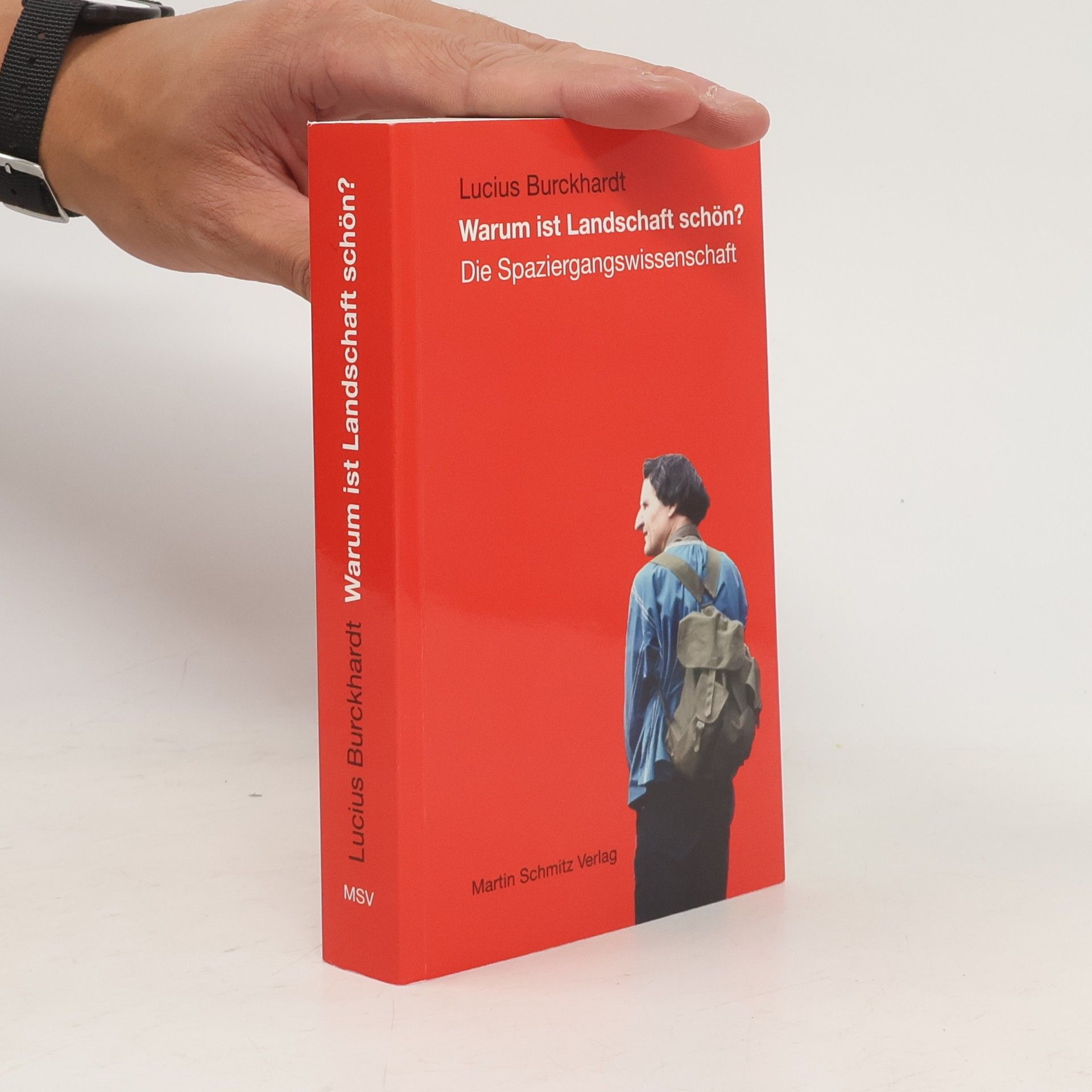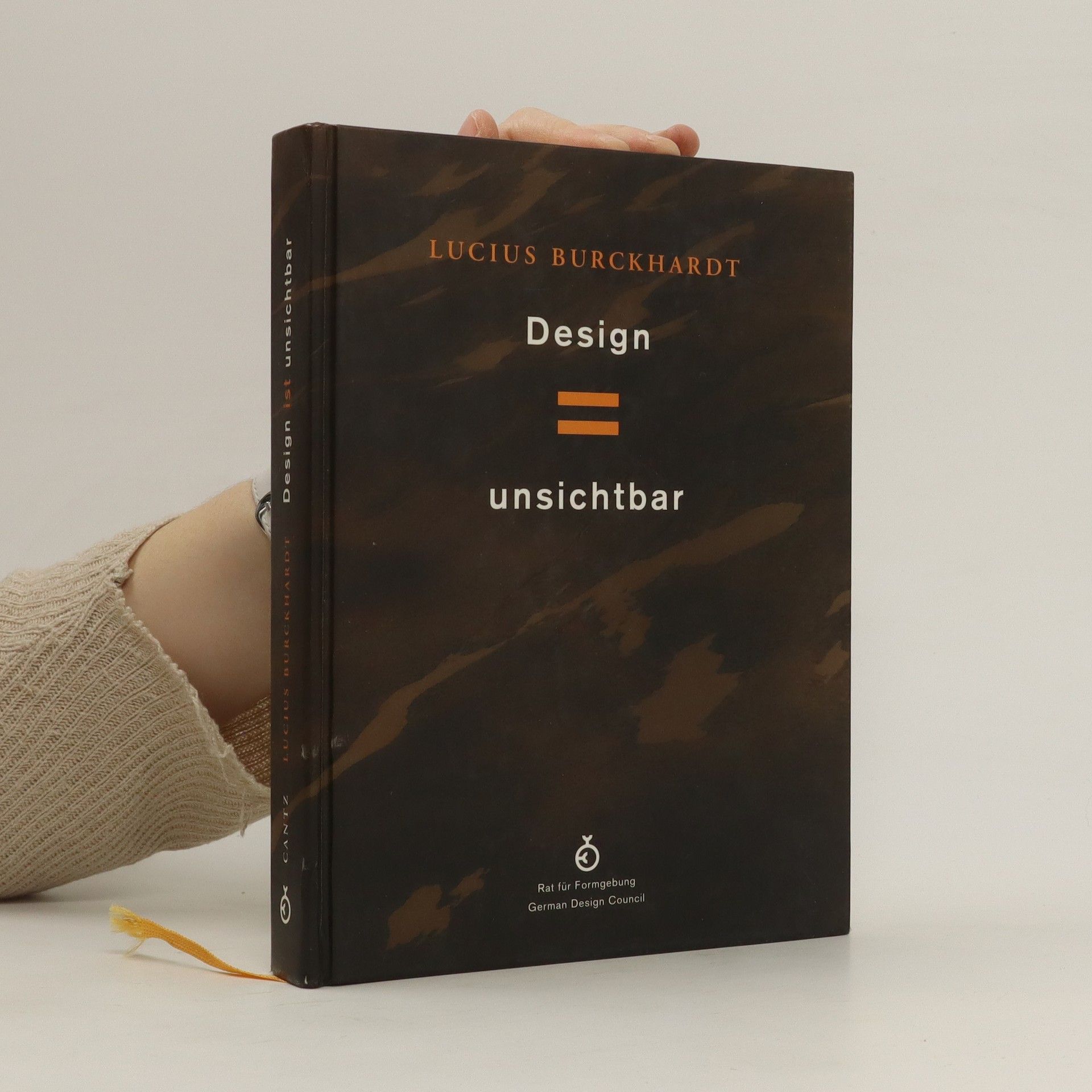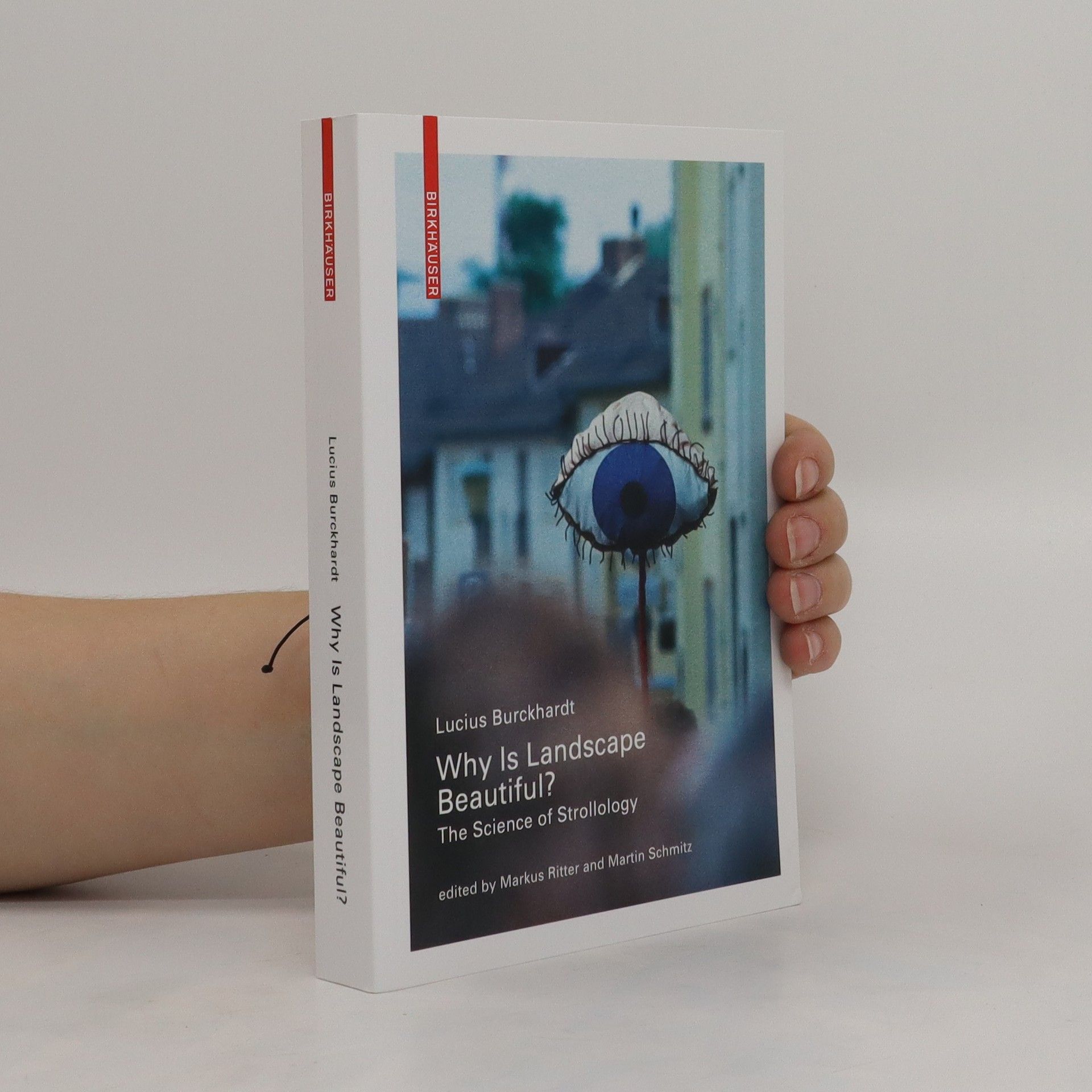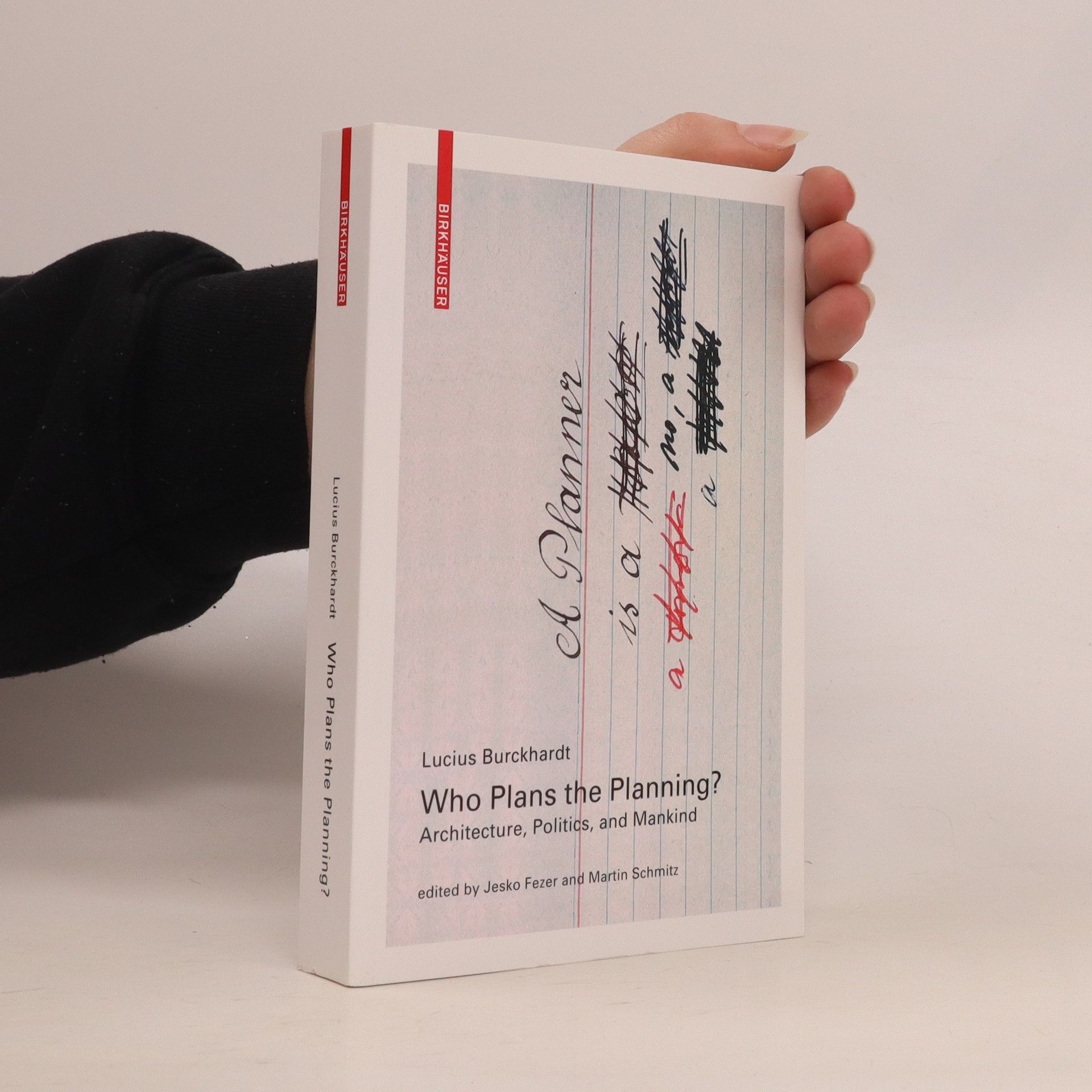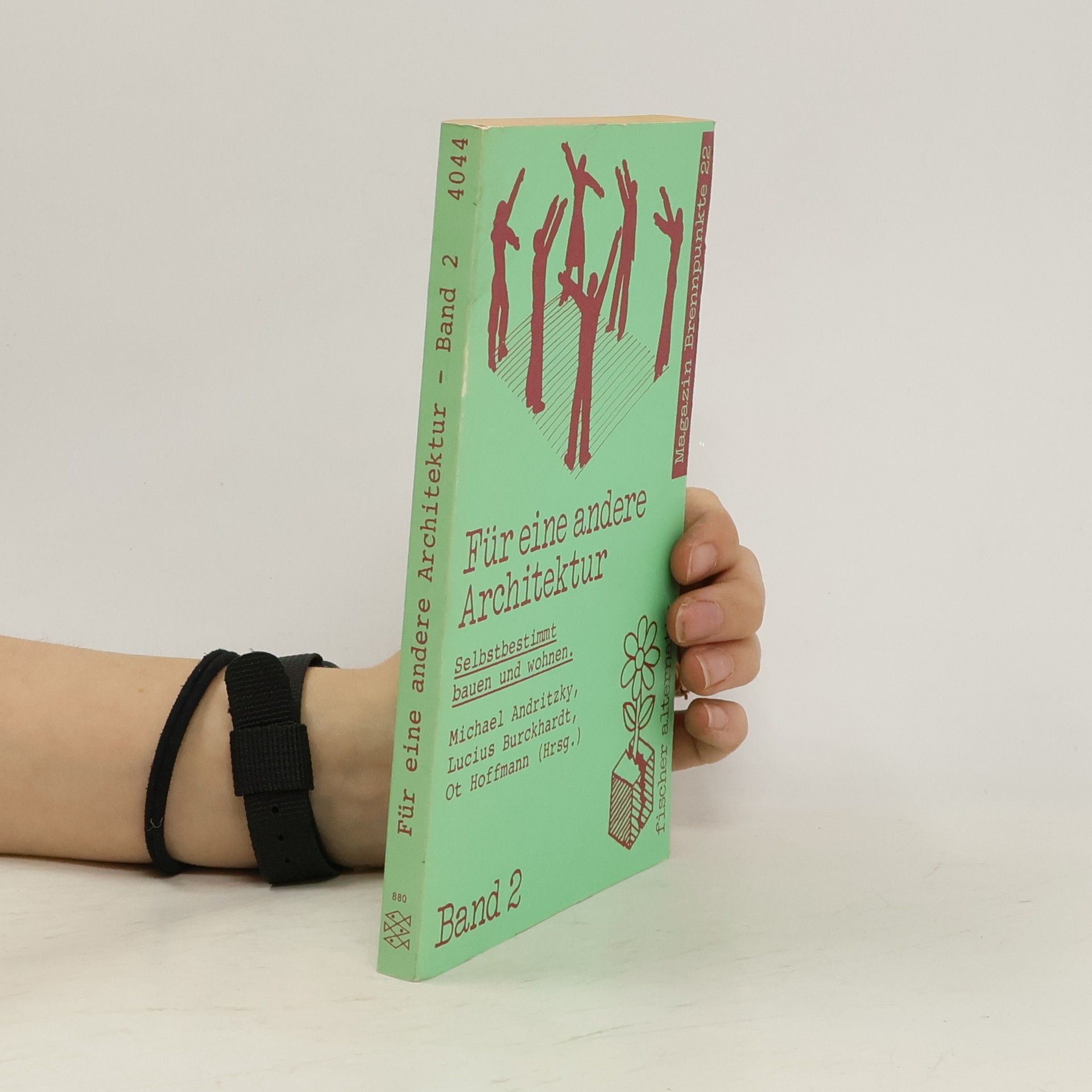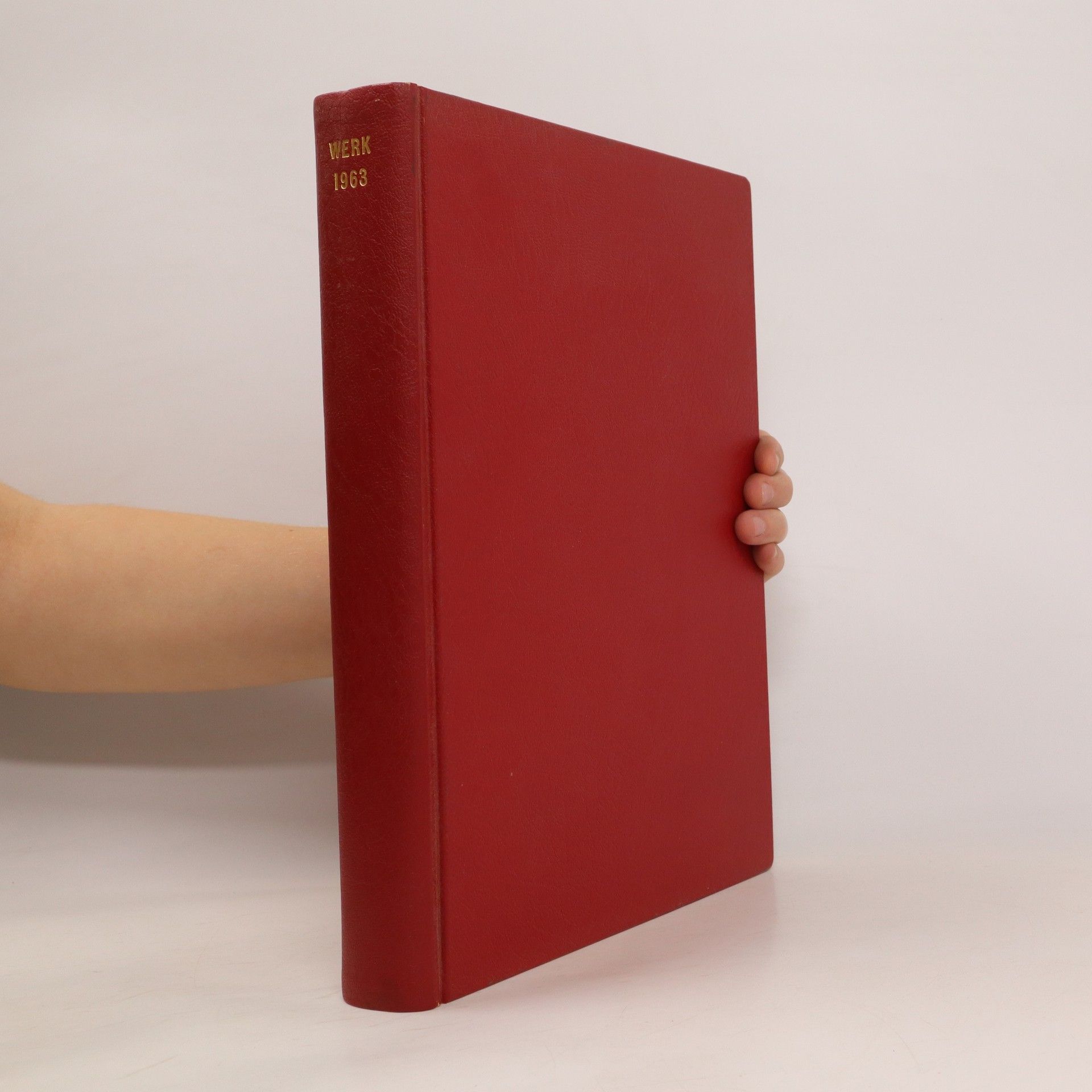Lucius Burckhardt Writings. Rethinking Man-made Environments
- 288pages
- 11 heures de lecture
Design for a democratic society was a matter of urgency in bombed-out postwar Europe. Swiss sociologist, journalist, professor and founding father of strollology Lucius Burckhardt (1925–2003) pioneered the interdisciplinary analysis of man-made environments, and thereby highlighted both the visible and invisible aspects of our cities and social relations. Acutely aware of how our interventions and decisions shape the world, and how the changing world in turn, shapes us, his life-long focus was not only the prerequisites of architecture, urban planning and design but also their long-term impact. Teaching and practice still owe much to his work. Thus, the first selection of Lucius Burckhardt’s texts to appear in English, introduces his groundbreaking theory of environmental design, in retrospective tribute to a prescient thinker.
